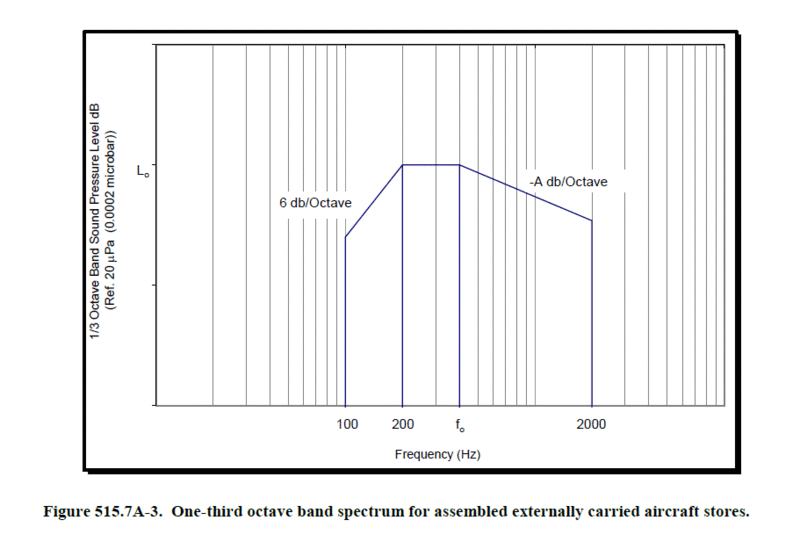I've got a feeling I and my colleagues are being dumb but please bear with me and help me out.
We manufacture precision metrology equipment that is very vibration sensitive - including to acoustic noise especially below around 2 kHz.
In our customer facilities requirement we specify the required acoustic environment for us to maintain our measurement performance.
At present this is essentially just saying something like "acoustic noise should not exceed X dBC".
However, a problem we're seeing is that although they may be below XX dBC overall, if there is concentration of power into small frequency bands then we see degradation of our performance - especially if those bands match the natural frequency of our structure or major component there of.
We'd like to come up with a better spec something like "acoustic noise should not exceed X dBC total with no more than Y% of power in any Z Hz frequency band".
Does anyone have any guidance they can share, or examples of spectra specified like this?
Thanks,
We manufacture precision metrology equipment that is very vibration sensitive - including to acoustic noise especially below around 2 kHz.
In our customer facilities requirement we specify the required acoustic environment for us to maintain our measurement performance.
At present this is essentially just saying something like "acoustic noise should not exceed X dBC".
However, a problem we're seeing is that although they may be below XX dBC overall, if there is concentration of power into small frequency bands then we see degradation of our performance - especially if those bands match the natural frequency of our structure or major component there of.
We'd like to come up with a better spec something like "acoustic noise should not exceed X dBC total with no more than Y% of power in any Z Hz frequency band".
Does anyone have any guidance they can share, or examples of spectra specified like this?
Thanks,
Posting guidelines faq731-376 (probably not aimed specifically at you)
What is Engineering anyway: faq1088-1484
What is Engineering anyway: faq1088-1484

